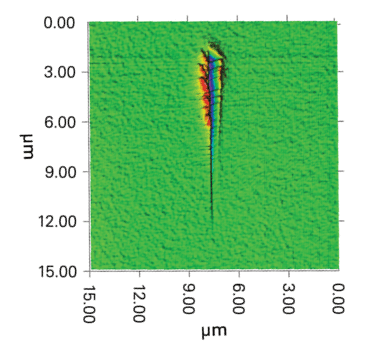Nanomechanical Scratch Test (Nano-Scratch)

Nanomechanical scratch testing (nano-scratch) is an alternate nanomechanical testing mode to nano-indent or nano-wear box testing, which is used to measure force response and mechanical properties, typically of thin films and coatings.
Strengths
- Works on thin films (10nm and more)
- Advanced mechanical analysis of nano- or micro-scale solids
- Optimized toughness / adhesion test for thin films 10 nm or thicker
- Efficient data collection
- Minimal sample preparation
Limitations
- Destructive
- Not well suited to measure ultrathin layers (less than 10 nm)
- Interpretation is challenging if films are less than 100 nm and/or surface is rough



